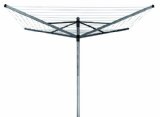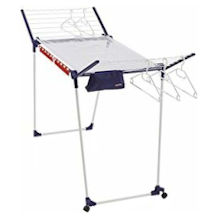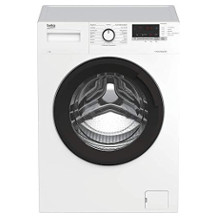Tumble dryer purchasing advice: how to choose the right product
- What You Need to Know
- Clothes dryers are a space-saving and fast alternative to drying on the clothesline. However, they need electricity to dry.
- Condensation dryers are cheap to buy, but eat up a lot of electricity. Modern heat pump dryers are more expensive, but work much more efficiently in the long run.
- If you don’t have room for a free-standing front-loading dryer, you can opt for narrower top-loading, column-mounted or under-counter models.
- A particularly important purchase criterion for a tumble dryer is its capacity. If it is too large or too small, it consumes energy unnecessarily.
- Unlike the washing machine, the capacity of the dryer refers to damp laundry instead of dry laundry.
Dry laundry quickly, in a space-saving way and regardless of the weather
The most economical way to dry laundry is outdoors in the fresh air, that’s for sure. But who has the necessary lawn for an expansive rotary dryer in front of the window? On balconies – if you have one – space is usually at a premium. Moreover, the weather is very unreliable and the sun is rare, especially in the autumn and winter months.
At best, clothes drying racks are just in the way in the flat or house, at worst, however, the moisture from the laundry accumulates in the room and causes mould stains to sprout on the walls. Clothes dryers are a quick and space-saving alternative to the clothesline. Even more practical: no one has to argue about who hangs up and takes down the washing – this step is eliminated with a dryer. However, electric models need electricity, and depending on the model, not too little of it. We explain which model types are available and how consumers can dry their laundry as efficiently as possible.

Pro Points
- Space-saving
- Quick drying
- No need to hang up laundry
- Drying regardless of the weather
Drawbacks
- Partially high power consumption
- Higher purchase costs than for a clothes horse
What types of dryers are there?
Based on their mode of operation, dryers can be divided into different types, which differ mainly in terms of their purchase price and energy consumption. The two most common types are currently condensation and heat pump dryers. The outdated exhaust-air dryers are hardly to be found on the market any more. A special type is the washer-dryer, with which buyers get a washing machine and dryer in one appliance. For the sake of completeness, we present all four models in this section, but focus on the two most common types.
On the siding: the exhaust air dryer
Exhaust air dryers are the predecessors of condensation and heat pump dryers. The mode of operation of condensation dryers is also based on their technology. Instead of condensing the moisture from the heated air and pumping it into a designated tank, exhaust air dryers direct the warm and humid air outside via an exhaust hose. Users must either connect this hose to an exhaust system or hang it outside the window. If they let the warm, humid air into their home, a biotope is created, especially on exterior walls, where mould can quickly form that is hazardous to health.
Accordingly, it is difficult to find a suitable location for an exhaust air dryer. In contrast, users only need a power socket within reach of the appliance to install the more modern condensation and heat pump dryers. In addition, the exhaust-air dryers consume a lot of electricity. Therefore, consumers rarely find this less efficient type of dryer in shops.
Pro Points
- Low purchase price
- Quick drying
Drawbacks
- High power consumption
- Extraction to the outside necessary
- Hardly still available in the trade
Condensation dryers: low-cost appliances with high power consumption
In warm air, the maximum possible vapour pressure that holds the water vapour molecules together is higher than in cold air. This means that warm air can absorb moisture well. Tumble dryers use this principle to remove moisture from the laundry.
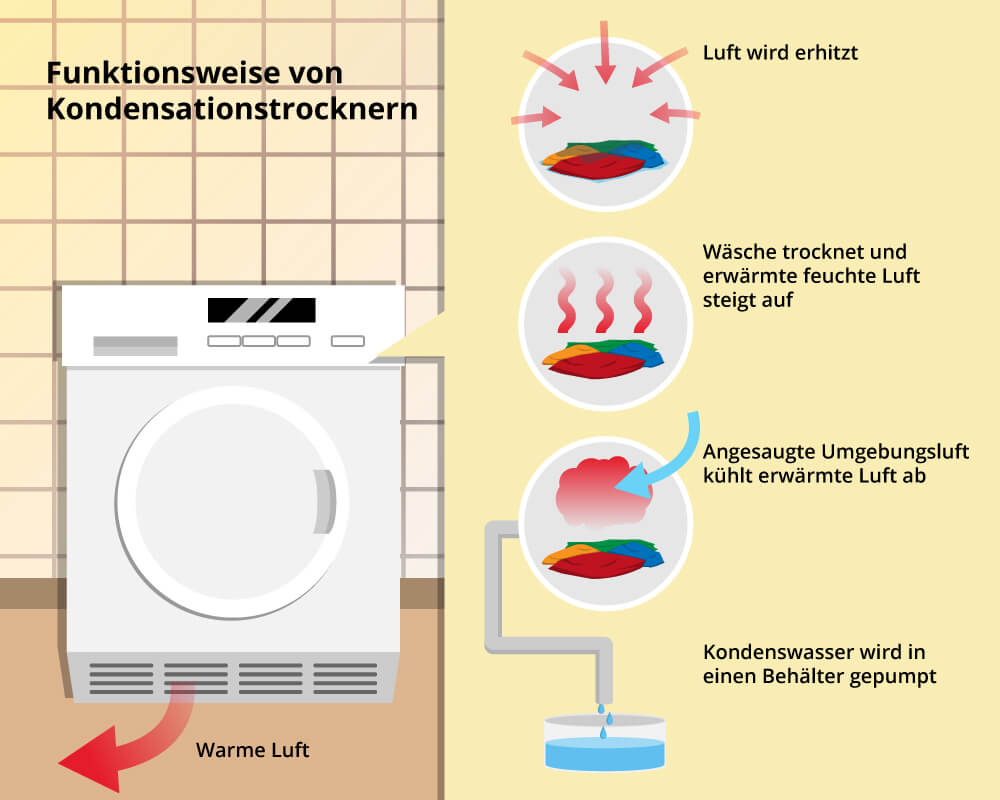
Condensation dryers, also known as condensation dryers, therefore first heat the air inside them so that it absorbs the moisture from the laundry. To get rid of the moisture, the dryers cool the now moist, warm air with cold ambient air. Basically, the colder the room temperature at the place where the dryer is installed, the better it works.
When it cools down, the moisture condenses, which is where the name of this type of dryer comes from. In contrast to the outdated exhaust air dryer, a condensation dryer does not require an outlet to the outside. Instead, the condensed water is pumped into a container that users must empty regularly.
The remaining heat is released by the dryer into its environment. On cold days, this may be quite pleasant and even save energy. On warm days, however, this part of the function is a disadvantage of the condensation dryer. On the one hand, its effectiveness decreases with the warm ambient air, and on the other hand, the heat at the installation site is simply unpleasant.
The heating and cooling of the air, including the removal of the condensed moisture, is repeated several times during the drying process until the desired residual moisture in the laundry is reached. How often the cycle is repeated depends on the programme selected and how dry the laundry should be afterwards.
Use water sensibly
Of course, users can dispose of the condensation water via the sink drain or the toilet. However, it is more economical and environmentally friendly to reuse the water for other purposes. Treat your flowers to it, for example – it is completely harmless for plants
Acquisition costs and energy consumption
Condensation dryers are comparatively inexpensive to buy. Most commercially available appliances cost between 200 and 600 euros. The catch, however, is that condensation dryers have a very high power consumption due to the way they work. After all, the air is heated and cooled several times. In the process, some energy is lost in the form of heat that is released into the environment. Households with a high volume of laundry that use the condenser dryer correspondingly often can expect a high electricity bill. More detailed information on electricity consumption and a comparison with heat pump dryers can be found at the end of this section.
Pro Points
- Low purchase price
- Quick drying
- No exhaust air necessary
Drawbacks
- High energy consumption
- Not suitable for drying delicate textiles
- Effectiveness depends on the environment
- Heat up the environment
Heat pump dryers: expensive appliances with economical energy consumption
A modern, more energy-saving modification of the condensation dryer is the so-called heat pump dryer: its special feature is that a second circuit is connected to the functional circuit of the condensation dryer, in which the eponymous heat pump is used. The exhaust air heat is not released into the environment as in the condensation dryer, but remains in the drying circuit. For this purpose, the heat pump works with a refrigerant that extracts heat from the air in the condenser, which it stores. The unit uses the stored heat to reheat the air. The drying cycle starts again from the beginning.
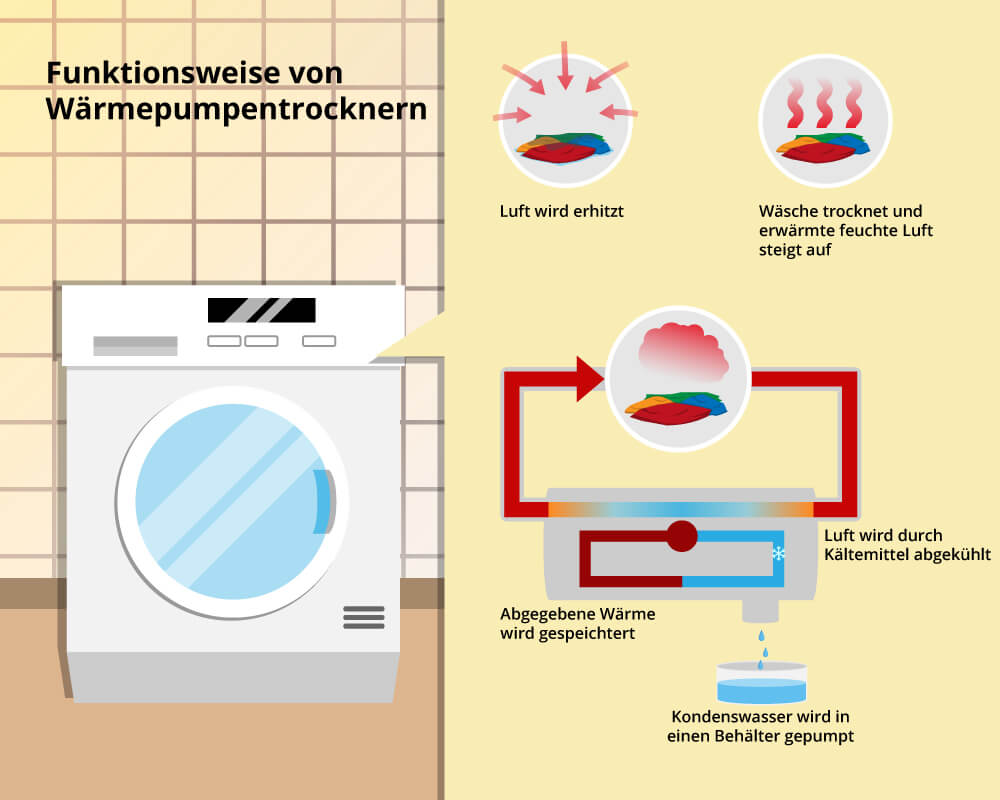
Acquisition costs and energy consumption
In contrast to a condenser dryer, the heat pump dryer does not release any unused energy into the environment and thus works much more energy-efficiently. Depending on the energy efficiency class of their dryer, users save up to 50 percent of electricity costs per year compared to a condenser dryer. Drying often takes a little longer than with a condenser dryer, as the latter work at higher temperatures. On the other hand, heat pump dryers are gentler on laundry. This makes them suitable for drying delicate fabrics.
Caution during disposal
When the heat pump dryer has reached the end of its service life, users must ensure that it is disposed of properly. The heat pump contains environmentally harmful refrigerants that can escape. The following options count as professional disposal:
- Hand in at the local recycling collection point (usually free of charge).
- Have the bulky waste service collect it (costs depend on service and region)
- Hand in at the scrap dealer (usually free of charge)
- When buying a new appliance, hand it in at a large electronics store (electronics stores and online retailers with a sales or storage area of 400 square metres or more have a take-back obligation).
However, if you want to buy an economical heat pump dryer, you will have to invest a little more money in the more sophisticated technology. However, the more modern dryers have become cheaper in the meantime. The price difference compared to condenser dryers is therefore no longer so great. Heat pump dryers under 500 euros are still rare. Consumers should budget at least 600 euros for a good appliance.
Pro Points
- High energy efficiency
- No exhaust air necessary
- Dries regardless of location
- Gentler drying
Drawbacks
- Higher acquisition costs
- Partially longer drying time
Two appliances in one: the washer-dryer
The combined washer-dryer unit requires less space and is usually cheaper to buy than two individual units. However, a washer-dryer does not only have advantages over individual appliances. For example, it is impractical to load the appliance in dryer mode only half as full as in wash mode. So if you load your washer-dryer to the brim for washing, you should remove half the laundry before drying. The latter must then either wait for a second drying cycle, which significantly increases water and energy consumption, or dry on the line in the classic way.
Pro Points
- Save space
- No need to reload the laundry
- Cheaper than purchasing two individual units
Drawbacks
- High electricity and water consumption
- Less capacity when drying than when washing
- Small selection in the trade
How much energy do the different types of dryers consume?
In principle, heat pump dryers are much more economical than condensation dryers, as they use the heat generated and do not simply release it into the environment. This is reflected in the energy efficiency classes of the appliances. The most economical condensation dryers without a heat pump are only class B, while heat pump dryers are at least class A.
We illustrate how much energy and therefore money users can save per cycle with a more efficient dryer using two example dryers from the Miele brand. For our calculation, we assume an electricity price of 28 cents per kilowatt hour. The electricity consumption refers to a drying cycle with a full load in the standard “Cotton Cupboard Dry” programme. For the calculation of the annual savings, we assume a weekly drying cycle in the standard programme.
| Dryer type | Condenser dryer | Heat pump dryer |
| Example dryer | Miele TDA 150 C | Miele TDC130 WP SpeedCare |
| Energy efficiency class | B | A++ |
| Power consumption in the standard programme | 4.14 kWh | 1.73 kWh |
| Cost per run | 1,16 € | 0,49 € |
| Savings per pass | – | 0,68 € |
| Annual savings | – | 35,36 € |
Which dryer is worthwhile for whom?
If you need a new washing machine together with the dryer anyway and have little space available, it is best to go for a washer-dryer. Consumers who only need a dryer have the choice between a condensation and a heat pump dryer This means: low purchase price versus low electricity consumption.
Which type of dryer is more economical depends on the frequency of use and the amount of laundry. For example, single households with a low laundry load will be better off with a condenser dryer. On the other hand, families that dry more than ten kilograms of laundry per week should invest more money in a heat pump dryer. This investment is already worthwhile for couples who dry their laundry several times a week. Couples who use the dryer only rarely (less than once a week) probably pay less money with a condenser dryer.
With a high volume of laundry, the low electricity consumption of heat pump dryers means that the higher purchase price pays for itself within a few years, as the following graph shows by comparing the costs of a heat pump dryer and a condenser dryer.
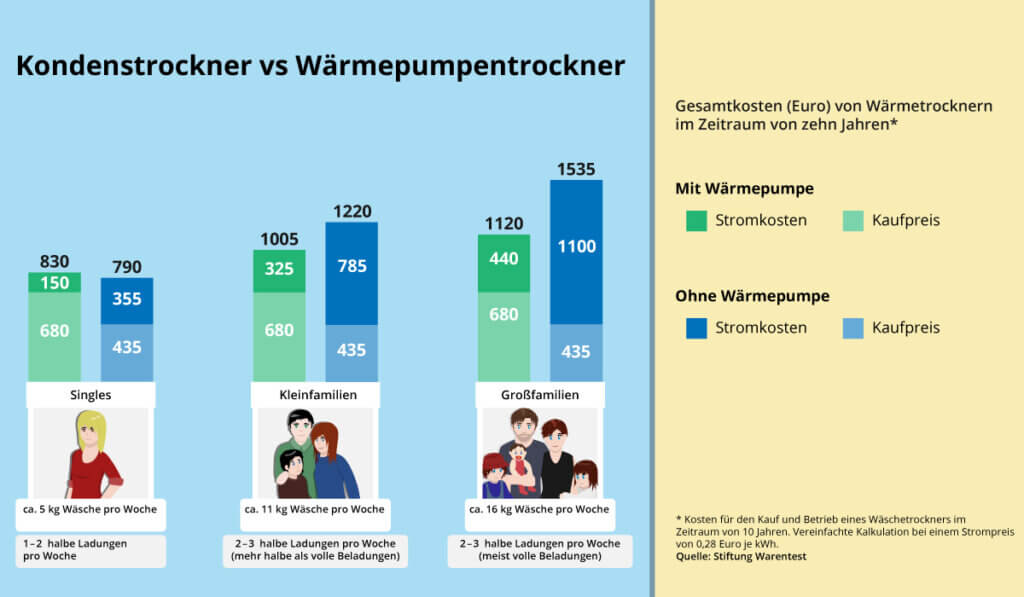
How do I find the right dryer?
In addition to choosing the right type of dryer, consumers need to make other decisions before buying a dryer. Among other things, they should answer the following questions for themselves:
- What capacity do I need?
- Where should the dryer be located?
- Do I have enough space for a free-standing unit or am I better off going for a more space-saving design?
- Which type of load (front or top loader) is suitable?
The capacity: How much laundry should fit in the dryer?
One of the most important buying criteria for a tumble dryer is the capacity of the dryer, also known as the load capacity or fill quantity. It indicates the maximum number of kilograms of laundry that can be dried in one cycle with the cotton programme. This information can be found on the energy label. The load capacity may differ for other dryer programmes. In addition, users should note that the capacity refers to wet laundry and not dry laundry. In contrast, the load capacity for washing machines refers to dry laundry. This means that appliances with the same capacity will not fit the entire load of washed laundry in the dryer.
The wrong choice costs money
Before buying a dryer, users should assess as accurately as possible what capacity they need. Because both too high and too low a load capacity cause unnecessary operating costs. If you choose a dryer that is too small, you will have to dry your laundry in several cycles, which consumes more energy. If the capacity is too large, users do not make full use of the dryer size and waste energy with each drying cycle.
What does the required loading capacity depend on?
Basically, the required charging capacity depends mainly on two factors:
- The household size
- The laundry volume
Many models on the market have a capacity of seven or eight kilograms. However, there are also smaller dryers with load capacities from three kilograms and larger ones with eight kilograms or more. The following table provides a little guidance:
| Household size | Laundry volume | Recommended capacity |
| Single | Low to medium | 3-6 kg |
| 2-3 persons | High | 6-7 kg |
| More than 3 persons | High | 8 kg or more |
In addition, the choice of dryer size depends on whether users dry all laundry or only functional laundry such as towels or bed linen. If babies, small children or people in need of care are part of the household, there is usually more laundry. Therefore, a higher load capacity is recommended in such cases.
Choosing the right location for the dryer
Depending on the design, different dryers are suitable for other locations. In addition, the mode of operation plays a role in the choice of location.
The influence of functionality on site selection
In contrast to the outdated exhaust air dryers, users of condensation and heat pump dryers are quite flexible when it comes to location maintenance. However, users should position the condensation dryer so that the heat emitted is not disturbing. In addition, these models work better in cool rooms.
The design: free-standing, columnar or suitable for substructure?
Front-loading dryers can be further differentiated according to their design into freestanding, column-mounted and under-mounted models. The special features of the three types are explained in the following overview:
Freestanding dryers: the flexible ones
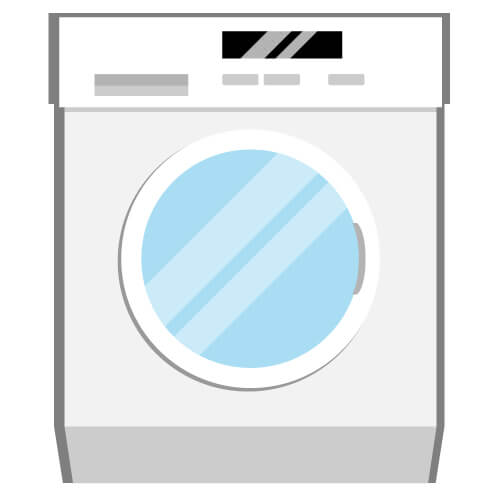
Classic front-loading dryers are freestanding appliances. Users should have sufficient floor space available, but are otherwise flexible in their choice of location as long as there is a power socket nearby. The top of the dryer can be used as a storage surface, e.g. for the laundry basket. Standard floor-standing dryers are about 60 centimetres wide, 85 centimetres high and 58 to 63 centimetres deep.
Undercounter dryers: for integration into the kitchen
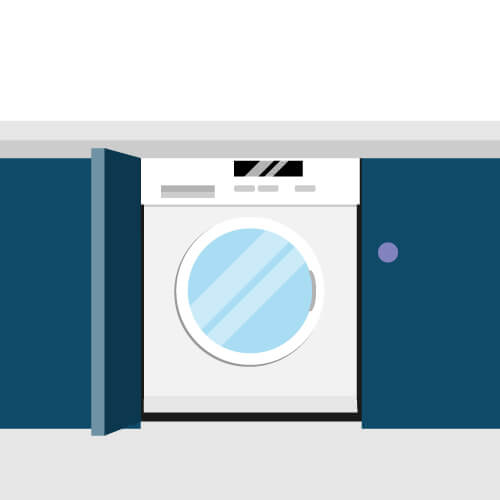
Since dryers with heat pumps do not emit heat to their surroundings, the kitchen is also a suitable location for them. So-called under-cabinet models have a removable top plate and can be integrated into the kitchen under the worktop. In order to protect the electrical components of the dryer, a so-called substructure plate is necessary that users screw onto the dryer instead of the top plate.
Dryers with column capability: for tower construction
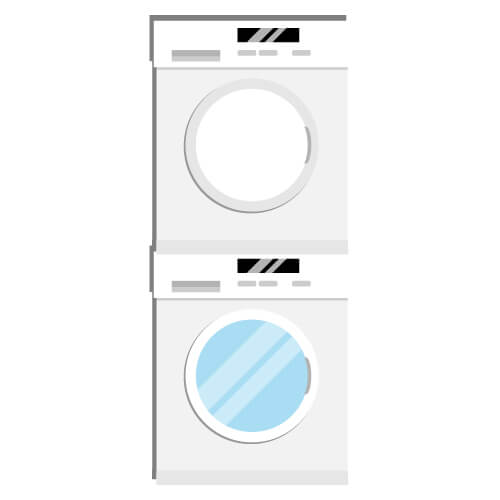
If there is not enough space next to the washing machine for a free-standing dryer, so-called column-mounted models are a good solution. They are designed so that users can place them on top of their washing machine and thus utilise the height of the room. It is important that the dimensions of the washing machine are not smaller than those of the dryer. Users also need an attachment that connects the two appliances and guarantees a secure stand even during operation.
The matching attachment for column construction
The attachments that hold the dryer and washing machine together are commercially available. They are available as universal installation frames, which are also suitable for connecting appliances from different manufacturers, and as manufacturer-specific models. The latter are usually a better fit and provide a better hold, but are not suitable for connecting all models.
The type of loading: from the front or from above?
Like washing machines, tumble dryers are available as top or front loaders. With top-loaders, users load the laundry into the appliance from above, with front-loaders via the porthole on the front. In Germany, front-loading dryers, which offer higher load capacities than top-loaders, have become widely accepted. There are only a few top-loader models on the market. Due to their narrower design, they are particularly suitable for consumers who do not have enough space for a front-loading dryer.
What does the energy label reveal?
Like other larger household appliances such as washing machines, refrigerators and dishwashers, tumble dryers must be labelled with an energy label, also called an EU label or energy label. The label is legally required consumer information and serves to make it easier for consumers to compare different models by clearly presenting the most important technical data of the appliance. The following overview shows what information the energy label contains and what the details mean:
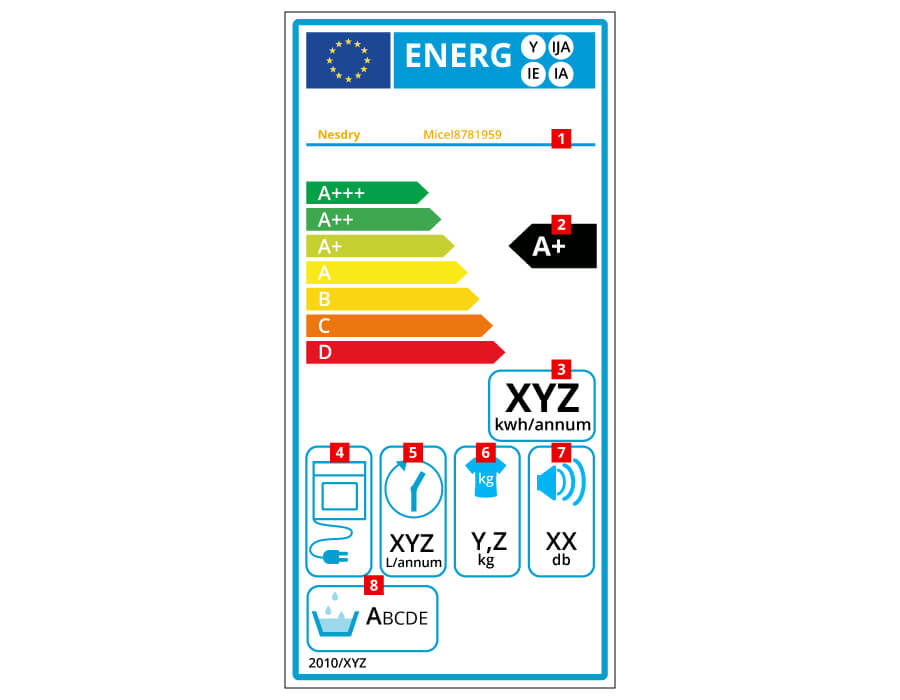
1) The manufacturer’s specifications
Contain the name or brand of the manufacturer and the model designation.
2) The energy efficiency class
According to their energy efficiency, appliances are divided into seven classes from A+++ to D, with A+++ being the best possible efficiency class. Since the end of 2015, class B has been the minimum standard, so appliances with energy classes C and D are no longer available on the market at all. The classification of tumble dryers is based on the so-called energy efficiency index. It takes into account the energy consumption of the appliance in the standard cotton programme with a full load and with a partial load as well as the operating states “switched off” and “not switched off”.
3) The power consumption
In addition to the energy efficiency class, the label indicates the average annual energy consumption of the dryer. The calculation is based on 160 drying cycles in the standard cotton programme at full load and partial load. It also assumes that the laundry has a residual moisture content of 60 per cent at the start and is to be dried to a moisture content of zero per cent.
4) The unit type
The label symbolically represents the type of dryer: Exhaust air dryer, condensation dryer or gas-powered dryer. Condensation dryers with and without a heat pump are classified as condensation dryers. The symbol does not indicate whether the dryer is a heat pump dryer. In most cases, however, this information can be found in the appliance designation or can be derived from the energy consumption.
5) The drying time
The indication of the duration of the drying process in minutes also refers to the standard cotton programme. As with the electricity consumption, the measurement is based on laundry with an initial residual moisture of 60 per cent, which is dried to a moisture content of 0 per cent.
6) The loading capacity
The energy label also indicates the maximum number of kilograms of damp laundry that can be loaded into the dryer. This information also refers to the standard cotton programme. For other drying programmes, such as delicate laundry, a lower load limit often applies.
7) The operating volume
It indicates the volume of the appliance during drying in decibels. For quiet tumble dryers, it is between 60 and 65 decibels. This corresponds roughly to the volume of a conversation at room volume. Very loud appliances reach 75 to 80 decibels, which is comparable to the noise of heavy traffic. Dryers with heat pumps tend to be somewhat louder than those without.
8) The condensing efficiency class
The labels for condensation dryers also show the condensation efficiency class from A (best) to G (worst). It indicates how much condensation water collects in the designated container and how much of it escapes into the room. The higher it is, the better.
What functions does a dryer have?
Depending on the model, dryers are equipped with various functions. We briefly present some of them below:
The display

Most dryers now come with a display that often shows the programme selection and remaining time. Some models also show users when the condensation water tank needs to be emptied and the lint filter cleaned. In some cases, it is also possible to set the display language. Some tumble dryers, for example the Gorenje DS94ILS/I, even show the energy efficiency of the selected programme on their display.
Humidity sensors
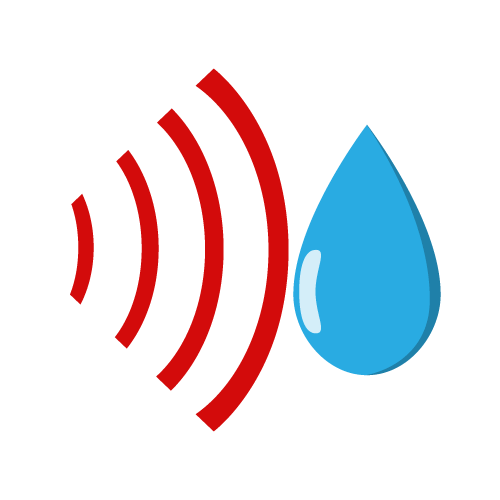
Many modern tumble dryers are equipped with so-called moisture sensors. They measure the residual moisture and the temperature of the laundry during drying and end the programme as soon as the laundry has reached the set drying level. This is practical not only because it saves the appliance energy, but also because it prevents the laundry from shrinking or becoming creased due to drying for too long. This system has a different name depending on the manufacturer. For example, Beko calls it “FlexySense”, Siemens “autoDry” and Bauknecht “Sensor Technology”.
Automatic volume control
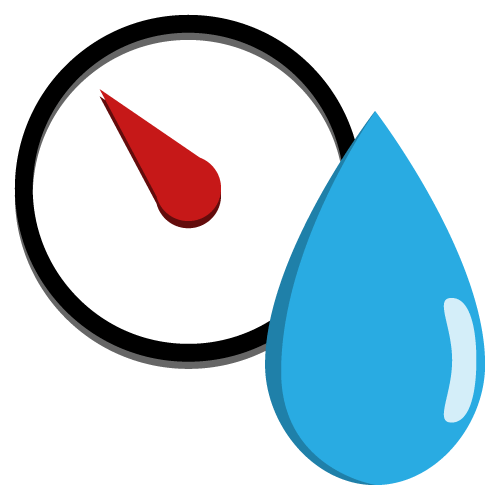
In some models, a so-called automatic volume control is integrated, which is also known from the washing machine sector. With the help of temperature and humidity sensors, the appliance automatically adjusts the duration and energy consumption to the respective load.
Crease protection

Especially if users cannot remove their laundry directly after drying, a so-called crease protection is useful. This switches on automatically and ensures that the laundry is loosened at regular intervals by slow rotations.
Gentle drum

Some tumble dryers have a special honeycomb drum. It is characterised by a honeycomb-like structure. The evenly uneven surface creates an air cushion between the drum wall and the laundry. During the drying process, the textiles glide on the air cushion and are thus dried particularly gently.
Self-cleaning
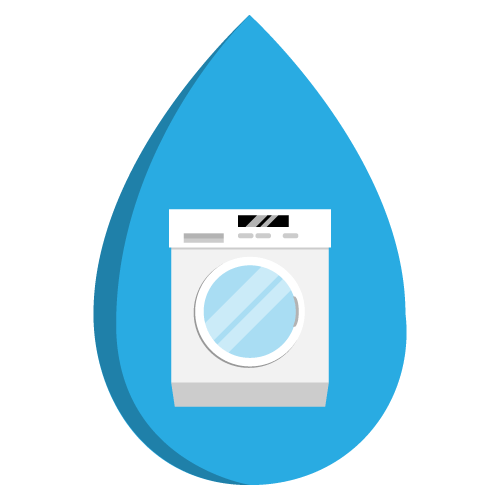
Condensation dryers require regular cleaning of the condenser. Depending on the model, cleaning can be quite time-consuming. User-friendly: Many modern dryers have a self-cleaning condenser. This means that the dryer takes care of the cleaning and users save time and effort.
Start or end time preselection

The start or end time preselection allows you to set a time at which the washing process should start or end. This feature may be quite practical for a washing machine, because it allows working people, for example, to set the time so that their laundry is finished when they get home from work. On the other hand, it does not make much sense to leave the damp laundry in the dryer for a long time before the drying process starts.
From iron-damp to extra-dry: The programme selection
Not all laundry items may simply be thrown into the dryer in the same programme. Some textiles are robust and heavy, others very fine and light. For this purpose, the appliances usually provide their users with various programmes for different textiles and drying levels, such as the following:
- Gentle silk or wool programmes for delicate textiles.
- Easy-care for drying delicate textiles at a lower temperature and fewer drum revolutions.
- Eco programmes for energy-saving drying at lower temperature with longer running time.
- Short programmes for faster drying in 30 or 45 minutes.
- Refresh to air the laundry and remove odours and lint.
- Extra dry for non-sensitive textiles such as jeans or towels that need to become very dry.
- Cupboard dry for lighter textiles made of cotton or linen, not suitable for jeans.
- Ironing damp for ironing laundry that should still have a certain residual moisture.
Dry your laundry properly and save electricity at the same time: Here’s how
Both the tumble dryer and the laundry should last as long as possible. Ideally, the energy consumption should also be kept within limits. We present some useful tips on how to dry laundry gently and save energy.
Which laundry items can be put in the dryer at all?
Not all textiles are suitable for automatic drying. The so-called care symbols on the labels of the laundry items provide assistance. A circle within a square indicates that the laundry is suitable for automatic drying. If the symbol is crossed out, the item in question must not be put in the tumble dryer. Dots within the circle indicate the temperatures at which the textiles may be dried. One dot means that it is a delicate garment that is suitable for gentle drying at a maximum of 60 degrees Celsius. Two dots within the circle, on the other hand, indicate that the corresponding textiles can be dried at a high temperature.
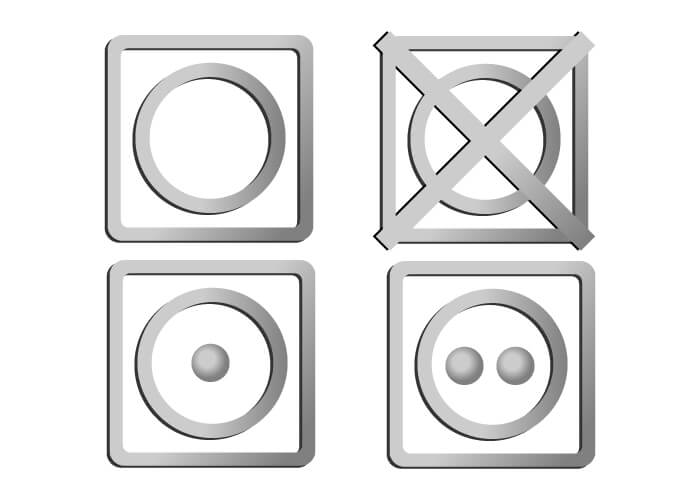
Dryer balls and sheets for soft, loose laundry
The so-called dryer balls are plastic balls with nubs that resemble massage balls. If several of these balls are placed in the dryer with the laundry, they swirl it and thus ensure better air circulation. This can shorten the drying process by up to 25 percent, which not only saves time but also energy. In addition, the laundry creases less and feels softer, so that users can dispense with the use of fabric softener. The use of dryer balls is also recommended when drying down jackets, pillows or blankets, as they prevent the feathers from clumping together.
If you want your laundry to be soft and fragrant but don’t want to use fabric softener, you can use dryer sheets. They have an antistatic effect and thus ensure that the textiles remain pleasantly soft. In addition, depending on the product, the cloths contain different aromas that create a fresh laundry scent.
Five tips for energy-saving drying
When buying a dryer, it is generally advisable to make sure that the appliance is as energy-efficient as possible (A++ or A+++). As a rule, appliances with heat pumps are much more energy-efficient than those without. Users can save even more electricity and therefore money by following these five tips when drying:
- Spin the laundry at as high a speed as possible: This reduces the residual moisture and shortens the drying process.
- Clean the tumble dryer regularly: Dirt in the dryer prolongs the drying time and increases electricity consumption. The lint filter in particular should be cleaned after each drying process.
- Use the full capacity: With a drum that is only half loaded, users consume electricity unnecessarily. Ideally, they should always use the stated load capacity to the full.
- Eco programme instead of short programme: If there is enough time, users should prefer the slower but energy-saving Eco programme.
- Use dryer balls: They stir up the laundry and speed up the drying process, which shortens the drying time.

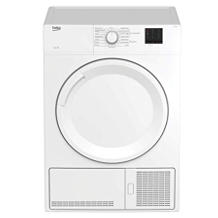
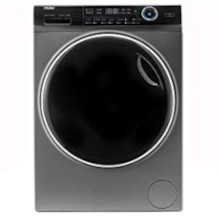
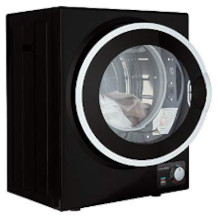
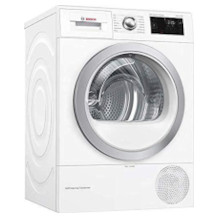
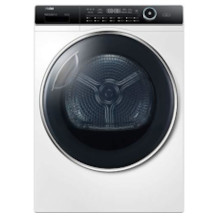
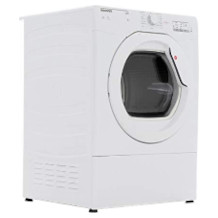

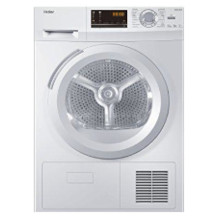
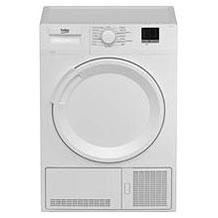
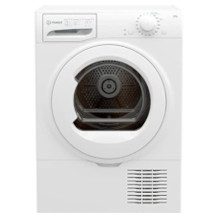
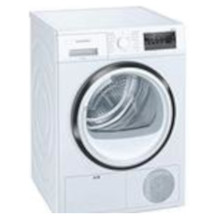

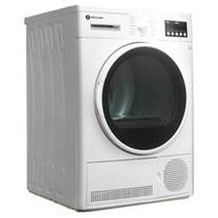
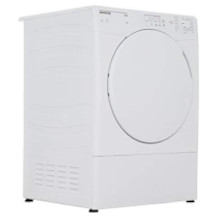
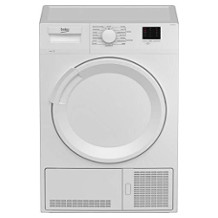
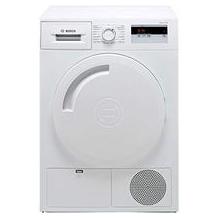
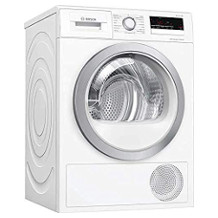
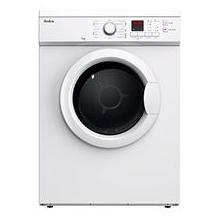

 386 reviews
386 reviews
